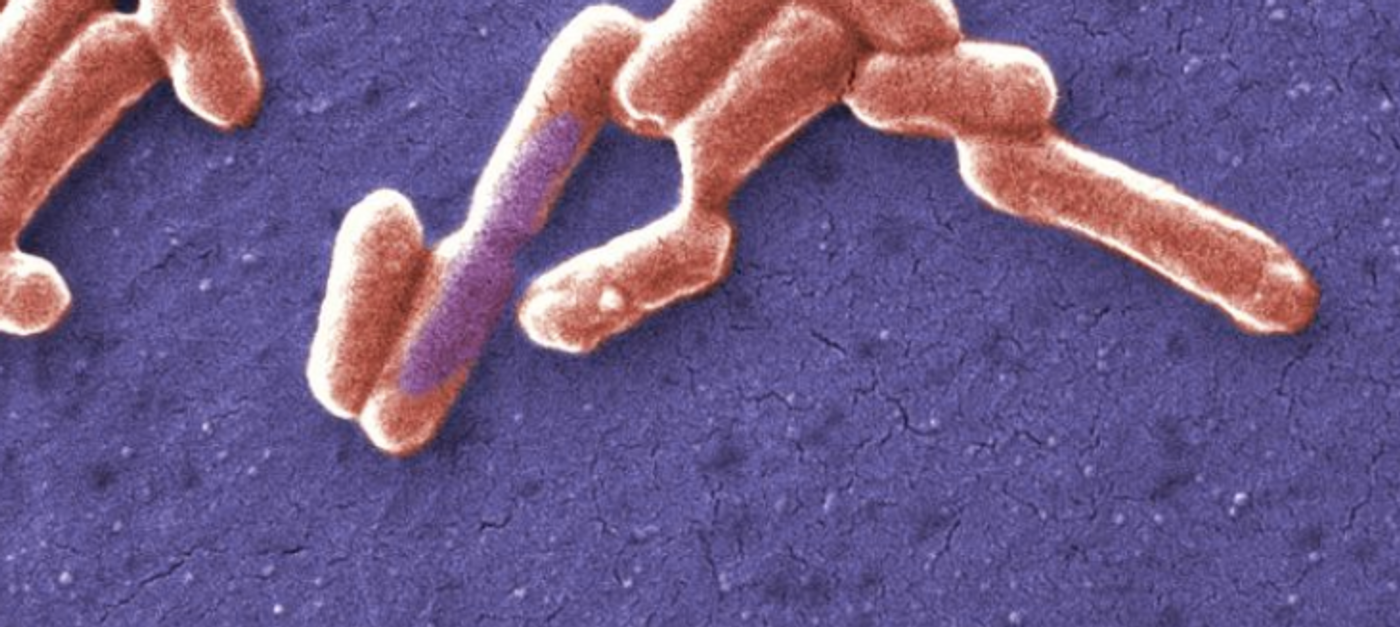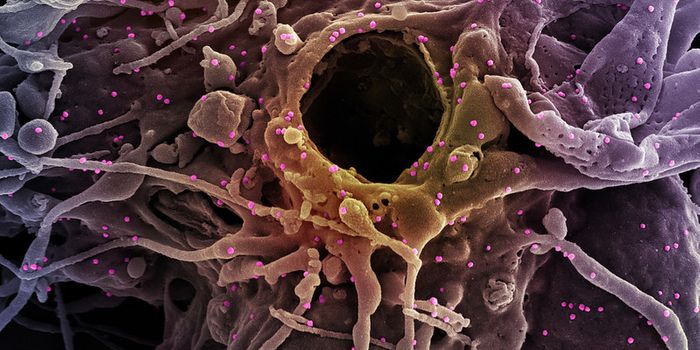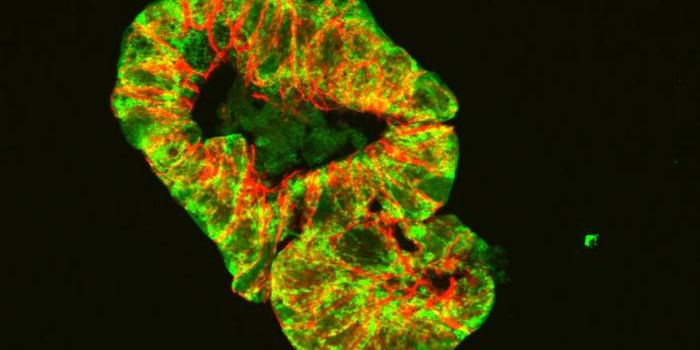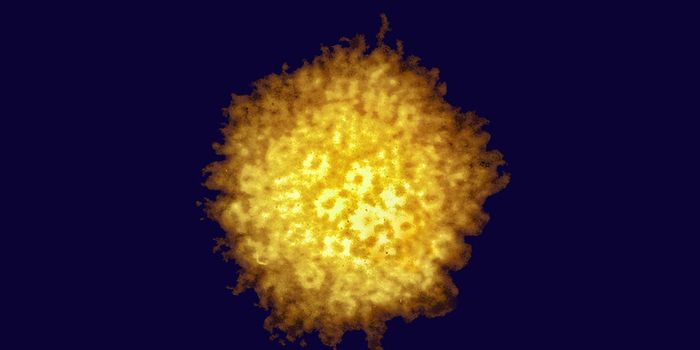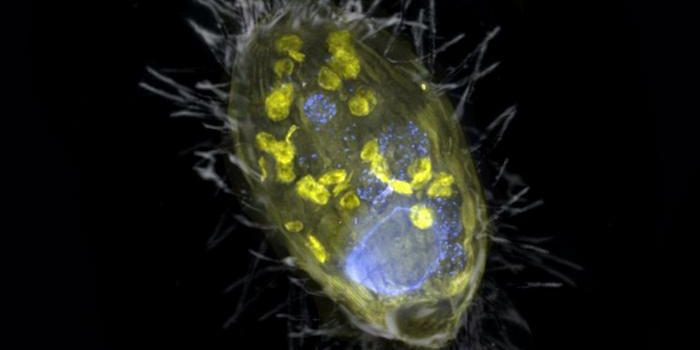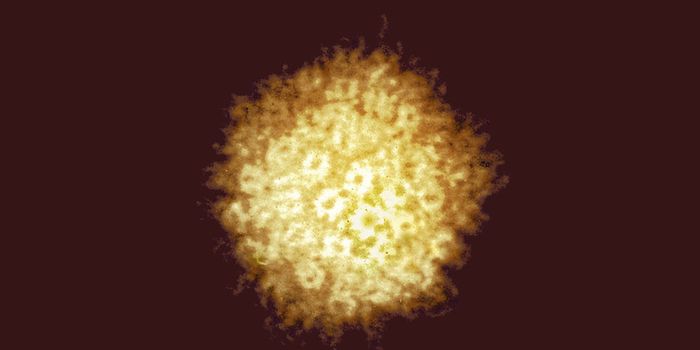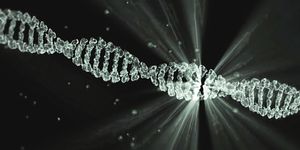A New Bacterial Defense System is Discovered
Most DNA that we're familiar with is found in cells in a double-stranded form. So, many years ago, scientists were intrigued when they identified single-stranded DNA (ssDNA) throughout bacterial cells they were studying. They found that these ssDNA molecules were linked up to non-coding RNA molecules with complementary sequences and eventually identified an enzyme that was also part of this mysterious complex. When the enzyme in this complex was determined to be a reverse transcriptase, the complex was given the name retron. But no one knew what these retrons did or why.
Researchers eventually found that DNA sequences that code for parts of retrons are often accompanied by known bacterial defense genes. When there were mutations in those genes or the retrons, the bacteria wasn't as good at fighting off viral infection.
In a November 2020 report in Cell, scientists showed that once the retron is activated, the protein linked to the retron can zero in on the outer membrane of a bacterium and change how permeable it is. When the bacterium's first line of defense gets deactivated by a bacteriophage, the retron swings into action, using the protein to make the membrane permeable, killing the infected cell.
Related: Are Retrons the Next CRISPR?
"It's a clever strategy, and we found it works in a similar way to a guard mechanism employed in plant cells," said senior study author Professor Rotem Sorek of the Weizmann Institute of Science.
"Just like viruses that infect plants, phages come equipped with a variety of inhibitors to block assorted parts of the cell immune response. The retron, like a guard mechanism known to exist in plants, does not need to be able to identify all possible inhibitors, just to have a handle on the functioning of one particular immune complex. Infected plant cells apply this 'abortive infection' method, killing off a small region of a leaf or root, in an effort to save the plant itself. Since most bacteria live in colonies, this same strategy can promote the survival of the group, even at the expense of individual members."
Retrons don't keep watch for phages, but they monitor a bacterial immune system known as RecBCD. If a bacteriophage evades the RecBCD system, the retron is activated.
Retrons have something in common with a gene editor that's recently taken the biomedical research world by storm, CRISPR; they are both bacterial defense systems. CRISPR, however, targets and cuts genomic material, and it's still challenging to use it to integrate new sequences. But retrons can create a bunch of copies of a desired sequence and splice them into a cell's genome. The RNA in the retron can be switched out with another of any sequence, and used as a template for integration into the bacterial genome.
That work helped reveal a natural function for retrons, which are now known to utilize the non-coding RNA they carry as a template for the reverse transcriptase. Thus, that enzyme can generate a bunch of ssDNA molecules with that RNA template. Now that we know more about retrons, scientists are figuring out how to make them work for us.
